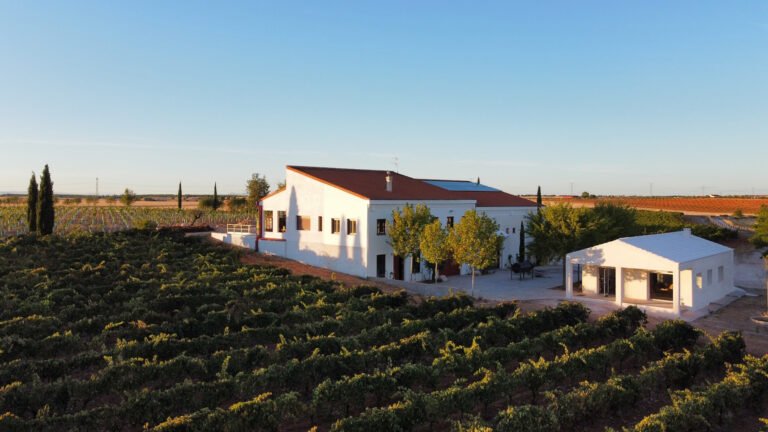Step Inside a Bewitching London Flat Designed by Ben Pentreath
Designed by George IV’s court architect, the genius John Nash, in the early 1820s, the terrace was originally composed of dozens of town houses joined by an integrating façade that gave the impression of an urban palace, replete with a regal central pediment and a forest of fluted columns, here soaring Ionic, there hardy Greek Doric. The structure was redeveloped in the early 1970s, retaining the historic frontage while the innards were reconfigured into lateral flats. “It’s an unusual vibe for London,” Pentreath explains. Says Krohn, “For a moment, I nearly made an offer on a little chocolate box of a house in Islington, with small rooms on three floors, but no views.”
Overlooking The Regent’s Park, the windows of the abode, to her delight, frame verdant acres as well as a glittering lake. They also admit what Pentreath describes as “an almost Scandi light,” which neatly complements Krohn’s Norwegian origins and sense of order. If she acquires a new gadget for the kitchen, which has been remodeled with open shelving (“I’m short, so I can never reach into wall cabinets”) and quieter millwork, one will likely be jettisoned in order to maintain visual serenity. The photographs in this article, for instance, depict the flat precisely as Krohn lives in it. Nothing was styled, primped, or otherwise tinkered with by outside hands. “She’s highly curated,” the designer says admiringly. “There are no weeds in her garden.” Krohn admits, “I’m more meticulous because my parents were a bit random.” Both were lawyers, so her childhood home, she recalls, was always littered with case files.
By contrast, Krohn’s flat—center hall, kitchen, main bedroom, main bath, guest room, and guest bath, plus an L-shaped room that combines drawing room, dining room, and library—is blissfully organized. But it is not without drama. When it became clear that the paneled central hall would always be a dark cave with off-center openings and no windows, Pentreath and his team came up with the idea of refinishing the gray woodwork in overscale faux malachite and, for good measure, replacing the stone floor with polished parquet. Krohn jumped at the bold prospect, which Pentreath describes as “an early bonding moment.” Glazed French doors frame the pale living room beyond, coaxing visitors onward. “You’re literally walking into the light,” Pentreath says of the transition, the experience amplified by the fact that the doors also frame an immense giltwood mirror mounted above an ennobling neoclassical marble chimneypiece that was among Pentreath’s improvements.


